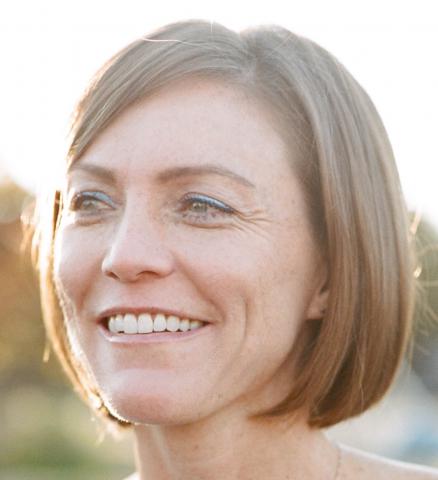Lija Joseph, MD, @lijjoseph explains her role as a pathologist who runs a novel patient-pathologist consultation program at Lowell General Hospital in Lowell, Massachusetts, as helping patients “see the dragon they are slaying.” Dr. Joseph is a leader of a growing group of pathologists conducting patient consultations on the pathology of their disease. In 2018, she and several colleagues published a paper on the impact of patient consultations by pathologists on patients. This one-of-a-kind study showed that these interactions may provide opportunities for effective patient education and serve as a valuable resource for patients. LUNGevity was curious to find out more, so Nikki Martin, LUNGevity’s Director of Precision Medicine Initiatives, spoke to Dr. Joseph about her innovative work creating a model for better care with a Patient-Pathologist Consultation Program at her hospital.
How did you get started consulting with patients?
My journey started with a lung cancer patient who was interested in seeing what lung cancer looked like. When I read about her interest in this, I started to think about how I could offer this service to patients in Lowell. A cancer diagnosis is so difficult and daunting to deal with. We should provide this service for patients who are curious about their disease. It is predominantly breast cancer patients who are referred to me currently, but we definitely see all types of cancers, including lung cancer. We encourage every patient to be thoroughly knowledgeable about their disease. Knowledge is definitely power, and a patient who understands their disease and understands what is going on in their body is the best advocate to help themselves get better.
What’s the process in your hospital for connecting patients to their pathologists?
There’s a myth out there that pathologists don’t like to meet patients, and I am trying to debunk that myth. At my hospital, I work with our oncologists to alert me when there is a patient who would like to see their biopsy. I get a message through the electronic medical record system, and our office assistant contacts the patient to schedule a time to meet that is just before or after an existing appointment. For example, someone will visit me just before a radiation appointment. These meetings last from 30-40 minutes and and are offered completely free of charge to the patient.
What happens during the patient-pathologist consult?
After patients sign a consent form saying they are visiting the pathologist to view their biopsy, I bring out the slides associated with their pathology reports. Most patients and any family members who might be with them prefer to see the biopsy images through a camera attached to the microscope that projects the images onto a computer screen. I start by explaining how the tissue ended up on the glass slide. Patients love to see their name on the slide because then it starts to become personal. This is actually them, and they’re excited to see their body from a different perspective. Then I show them what normal tissue looks like, so they can comprehend quickly what abnormal tissue looks like. I also explain to them what a cell nucleus is, and what chromosomal abnormalities are that give the signal to the cell to grow or divide multiple times. Then I explain to them what the cell cytoplasm does.
What unique learning opportunities are there for lung cancer patients in speaking to a pathologist?
For lung cancer patients, especially in this era of comprehensive biomarker testing, I think it would be really interesting to show them what some of these markers look like. It would be important for patients and family to understand this as they start their treatment.
Are there any topics that are off-limits during a patient-pathologist consult?
While I can explain to patients what their disease looks like and why certain things are important for them to understand, I don’t give them instructions on what drugs they should take or what the side effects are. Patients ask these questions often enough, but I always say that it’s not my area of expertise, and suggest that they let their oncologist know that is an area of concern for them.
Do you have any interesting takeaways since starting this program?
When I started this, I had no idea what I was getting into. I thought maybe one or two patients might benefit. But we’ve had 75 patients who have come to view their biopsy since March 2017! The College of American Pathologists has been extremely supportive, as has our hospital administration. But what has been really meaningful is the impact I’m making in patients’ lives. I strongly encourage patients to contact their pathologist with questions about their pathology report or biomarker testing report. They are too complex for patients to just look on Google and try to understand them, especially when they have a pathologist who is willing to explain what it all means.
Check out LUNGevity’s website for more information on biomarkers.
Related Reading:
An Oncologist’s Perspective on Biomarker Testing
The Role of Molecular Pathologists in Lung Cancer Treatment
My Experience with Pharmacogemonics Testing
 Nicole Martin is LUNGevity's Director of Precision Medicine Initatives.
Nicole Martin is LUNGevity's Director of Precision Medicine Initatives.
